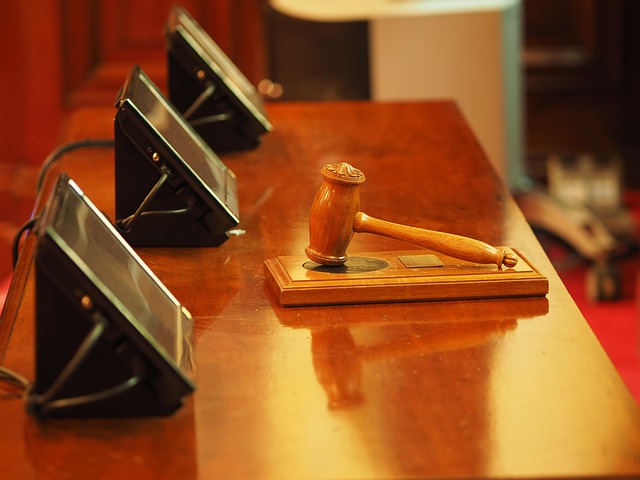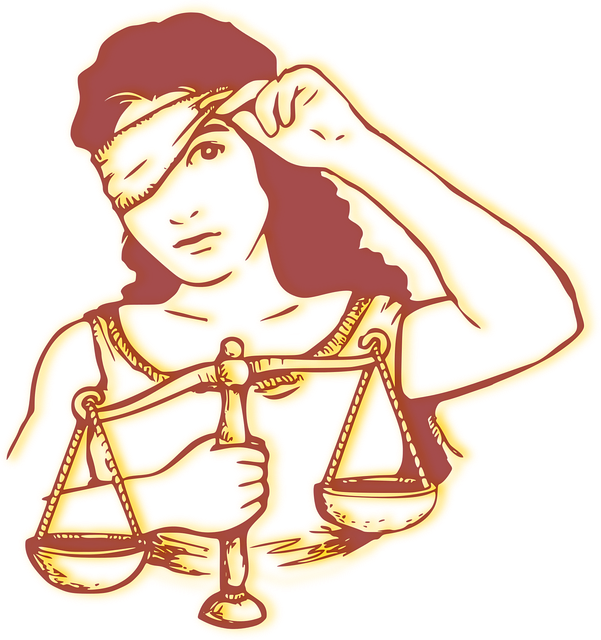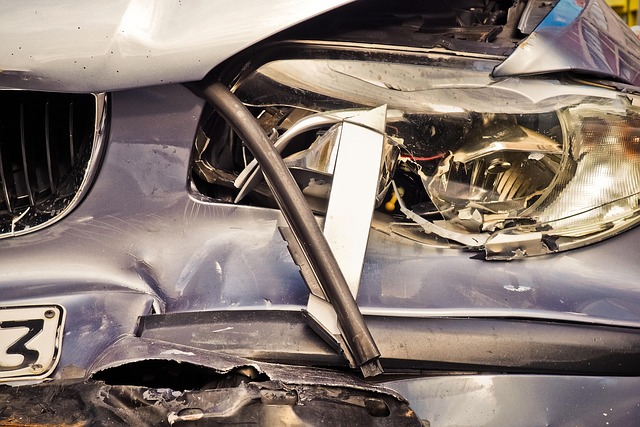Slip and fall negligence, a significant legal issue, arises from property owners' failure to maintain safe premises, leading to accidents with potential harm or damage. Proving negligence involves demonstrating a duty of care, its breach, and direct causation. Medical documentation is pivotal in such cases, offering insights into health histories and pre-existing conditions, crucial for determining liability, especially in elder law and insurance disputes. These records are essential evidence for legal professionals to navigate complex personal injury claims, including slip and fall negligence, ensuring just outcomes based on concrete evidence.
Medical documentation plays a pivotal role in slip and fall negligence cases, providing crucial insights into an individual’s injuries and recovery process. This article delves into the intricate relationship between medical records and personal injury litigation from a legal perspective. We explore how these documents can either substantiate or refute claims of negligence, emphasizing their significance in navigating complex legal landscapes. Understanding this dynamic is essential for both plaintiffs and defendants in slip and fall cases.
- Understanding Slip and Fall Negligence: A Legal Perspective
- The Significance of Medical Documentation in Personal Injury Cases
- How Medical Records Can Prove or Disprove Negligence Claims
Understanding Slip and Fall Negligence: A Legal Perspective

Slip and fall negligence is a common legal issue with significant implications for both individuals and businesses. From a legal perspective, it involves allegations that a party has failed to maintain their property in a safe condition, leading to an avoidable accident causing harm or damage. This may include situations where a property owner, manager, or tenant is negligent in addressing known hazards or fails to warn visitors of potential risks on the premises.
In cases of slip and fall accidents, legal responsibility often revolves around establishing negligence. Plaintiffs must prove that the defendant owed them a duty of care, breached this duty by failing to take reasonable precautions, and their actions directly caused the accident resulting in injuries or property damage claims. Understanding these elements is crucial for both plaintiffs seeking compensation for their losses and defendants aiming to defend against such slip and fall negligence claims, often stemming from contract disputes over liability.
The Significance of Medical Documentation in Personal Injury Cases

Medical documentation plays a pivotal role in personal injury cases, especially when it comes to proving or refuting claims of slip and fall negligence. In these situations, detailed records of an individual’s health history and any pre-existing conditions can significantly impact the outcome of a lawsuit. For instance, if a plaintiff alleges they suffered an injury due to a fall, their medical documents can reveal prior injuries or underlying health issues that might have contributed to the incident. This information is crucial for establishing liability, as it helps determine whether the defendant’s negligence was a direct cause or an aggravation of a pre-existing condition.
In cases involving elder law and caregiver abuse, where slips and falls are common, medical documentation becomes even more critical. It can provide insights into the care received before and after the incident, potentially uncovering neglect or inadequate assistance. Moreover, when dealing with insurance disputes related to slip and fall injuries, medical records serve as concrete evidence, ensuring fair compensation for victims. These documents help insurers assess the severity of the injury, the need for future medical care, and the overall impact on the claimant’s quality of life.
How Medical Records Can Prove or Disprove Negligence Claims

Medical records play a pivotal role in slip and fall negligence cases, acting as a compass guiding legal professionals through the complex landscape of personal injury claims. These detailed documents offer invaluable insights into an individual’s health history, providing crucial evidence to support or refute allegations of negligence. When a slip and fall incident results in injuries, medical records become the backbone of the case, chronicling the extent of harm, previous conditions, and the trajectory of recovery.
In the context of personal injury litigation, including truck accident attorney cases or car accident injuries, these records can be instrumental in demonstrating or disproving claims. For instance, they may reveal pre-existing conditions that contributed to the severity of injuries, thus impacting liability. Conversely, they could highlight a healthcare provider’s failure to diagnose or treat a condition promptly, which might strengthen a negligence argument. Effective use of medical documentation requires meticulous review, as it is essential in real estate litigation and other personal injury scenarios to ensure just outcomes based on concrete evidence.
Medical documentation plays a pivotal role in unraveling the complexities of slip and fall negligence cases. By meticulously examining medical records, legal professionals can gain valuable insights into an individual’s injury history, recovery process, and potential pre-existing conditions. This information is crucial for accurately assessing liability, as it helps determine if negligence occurred and to what extent. In the intricate dance of personal injury litigation, medical documentation serves as a reliable testament, enabling fair and just outcomes in slip and fall cases.






